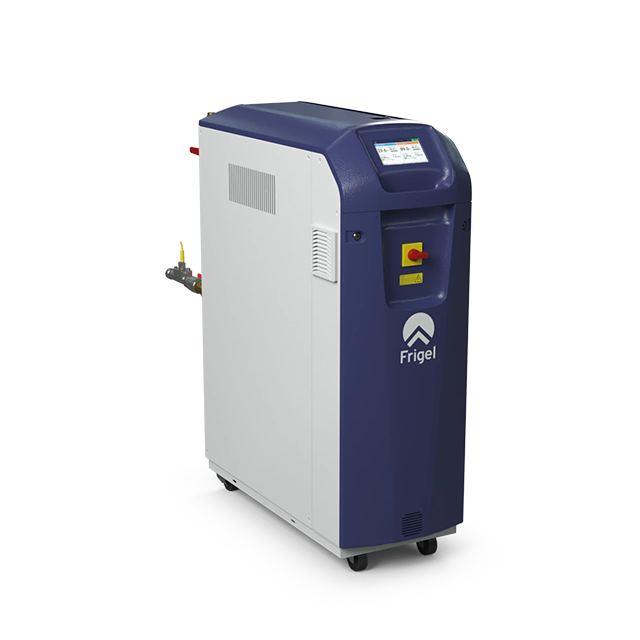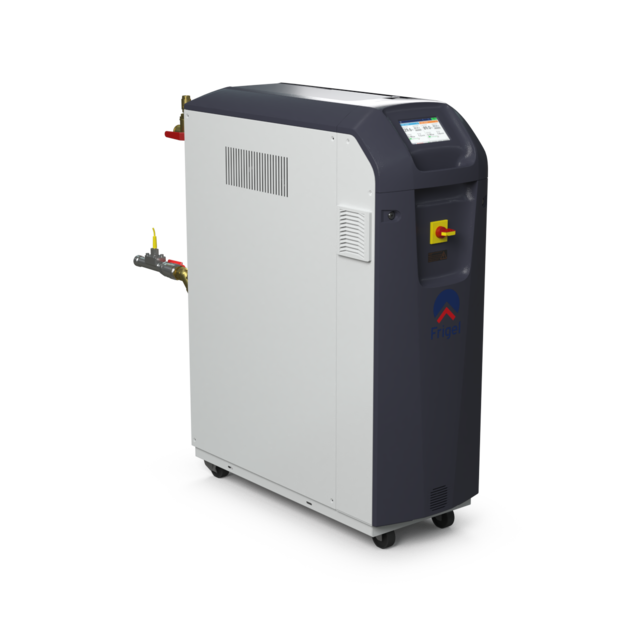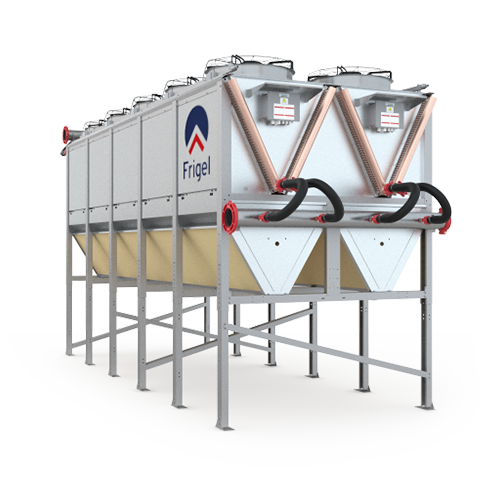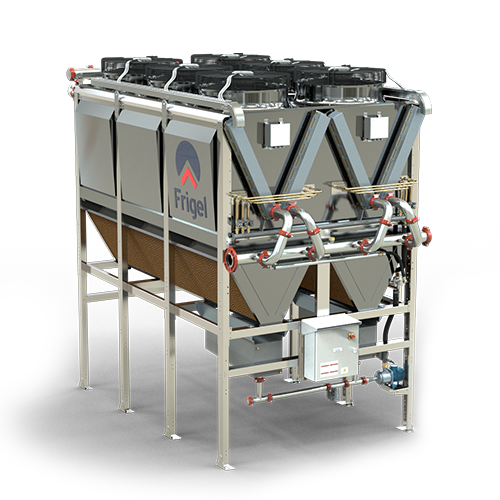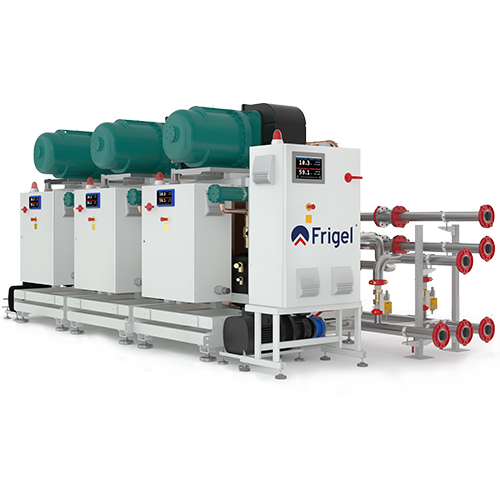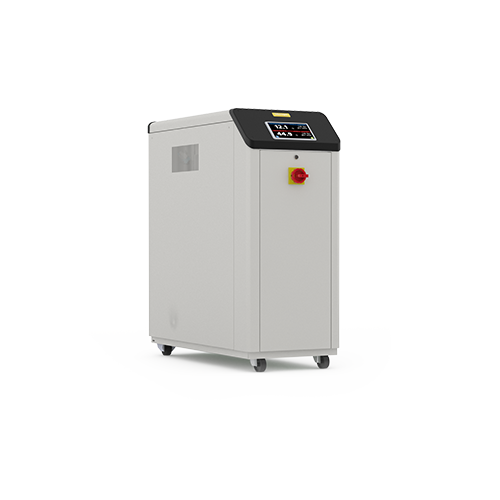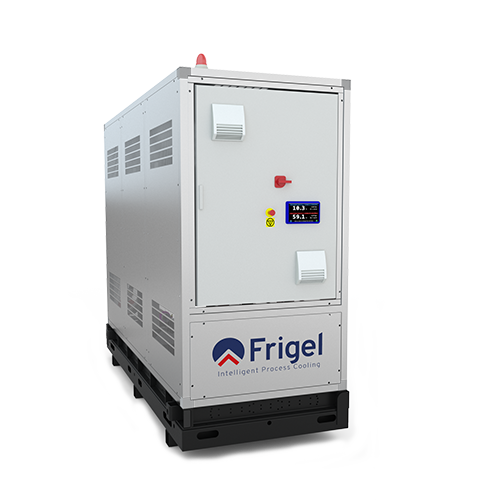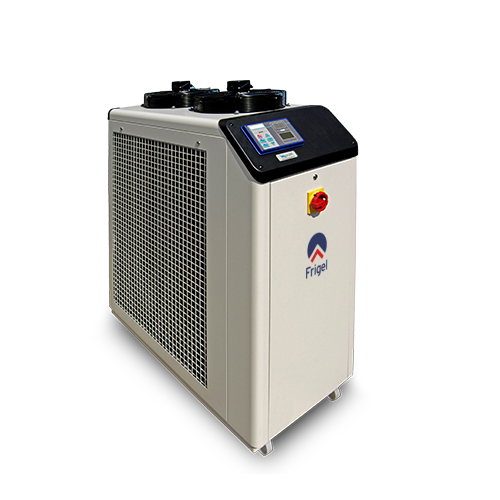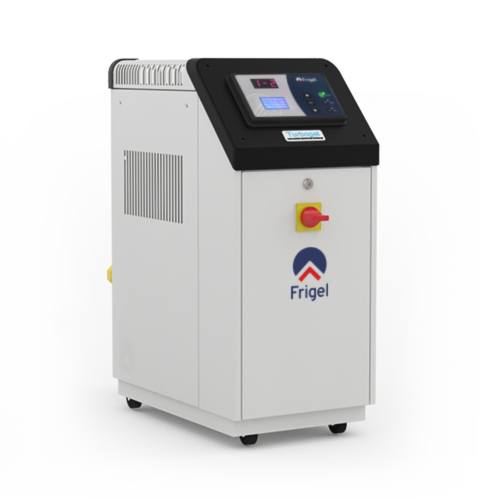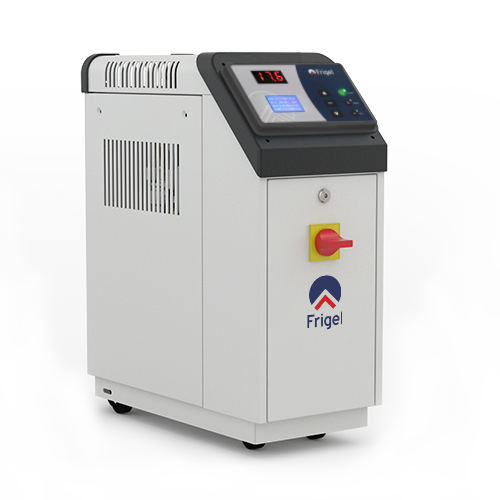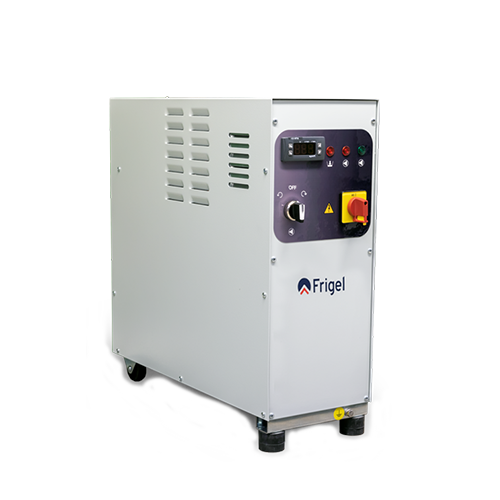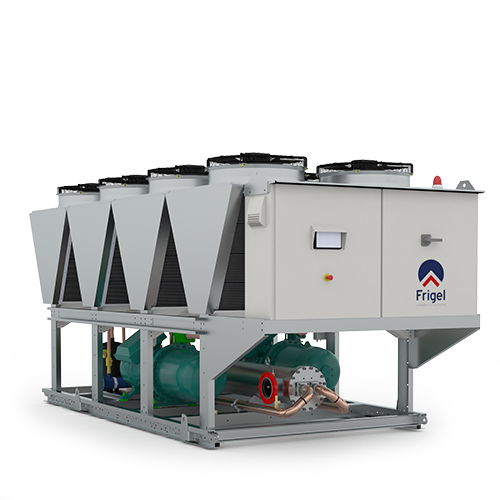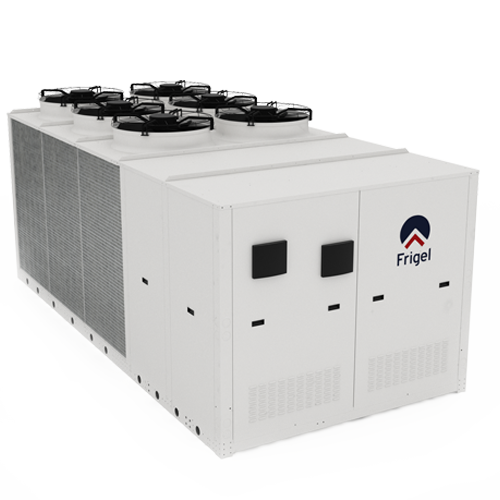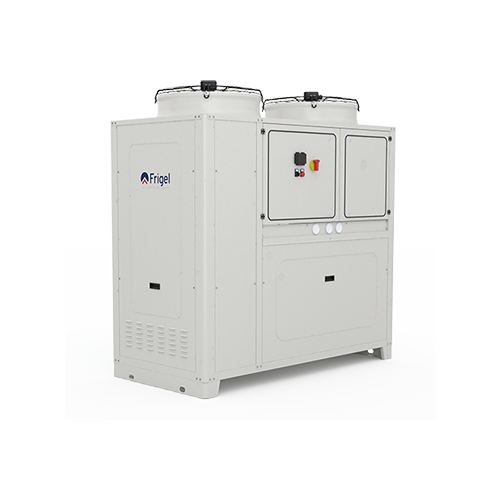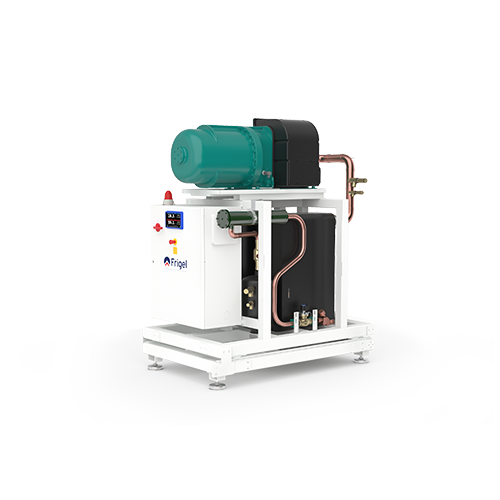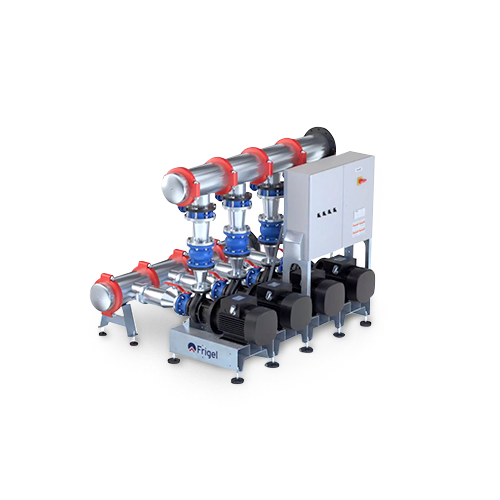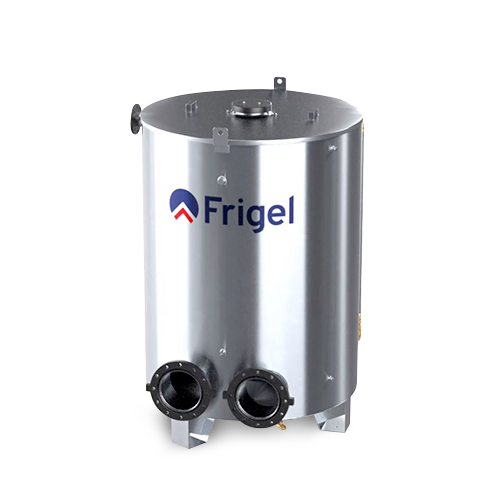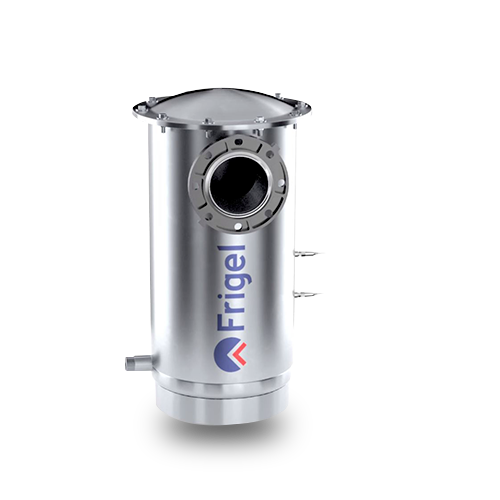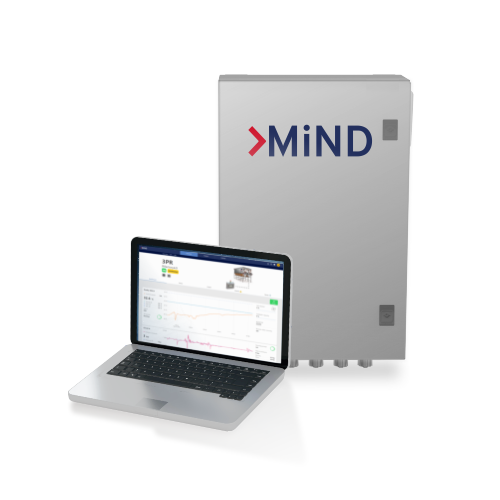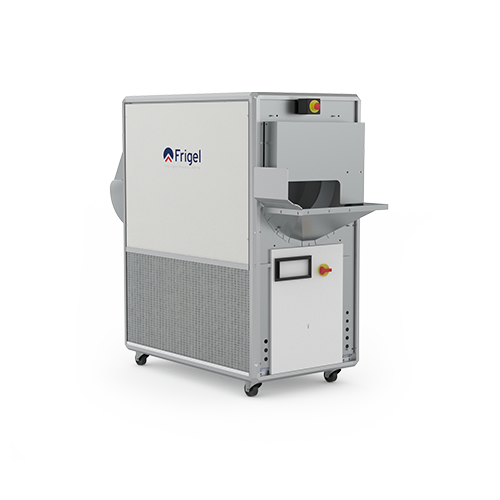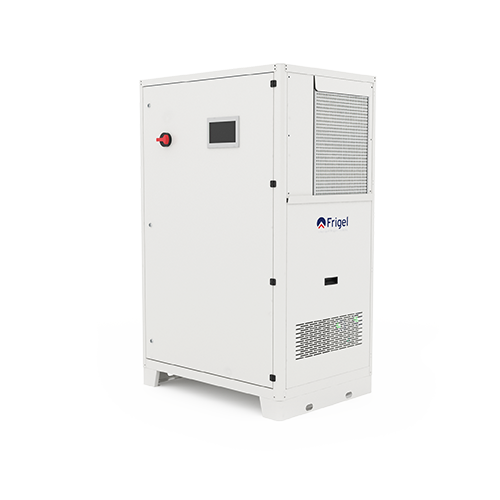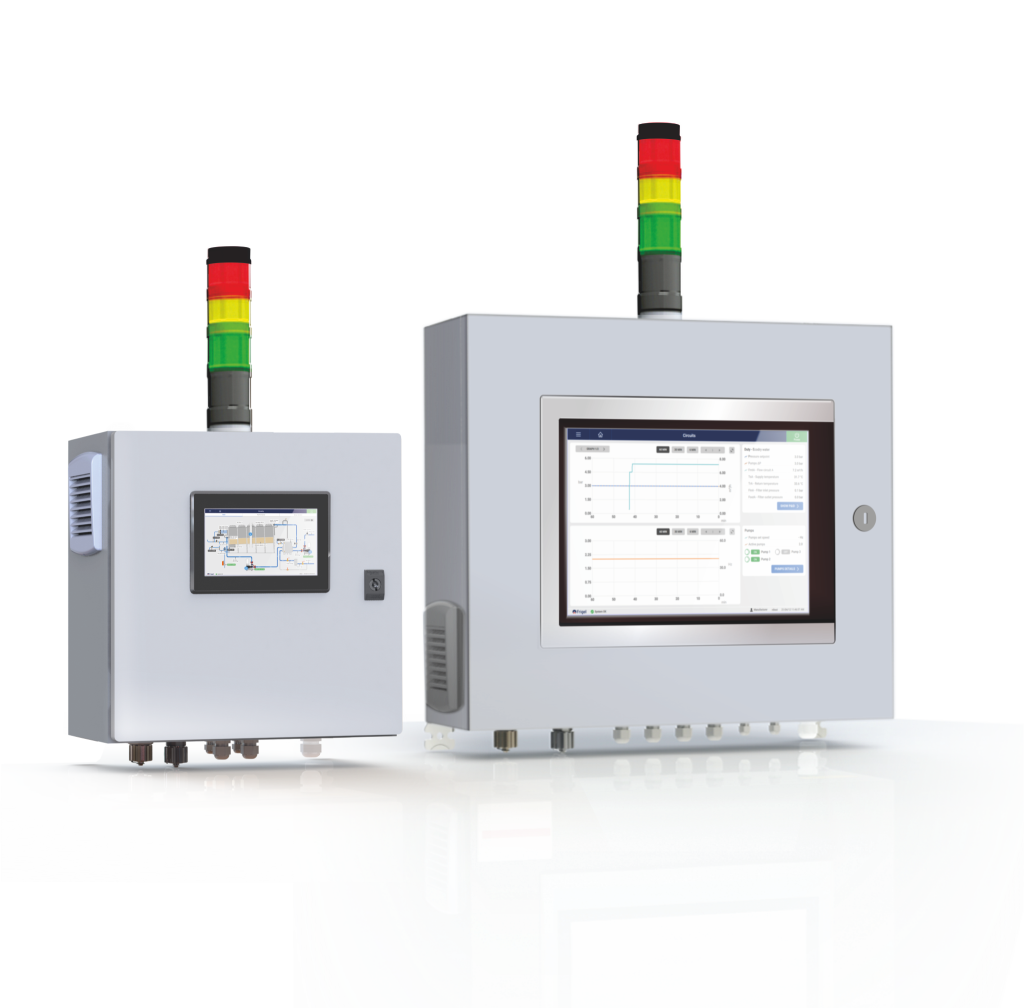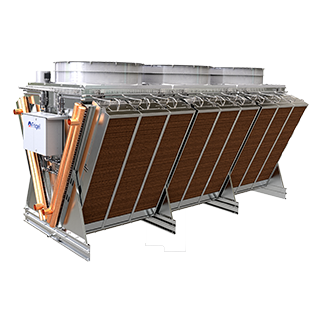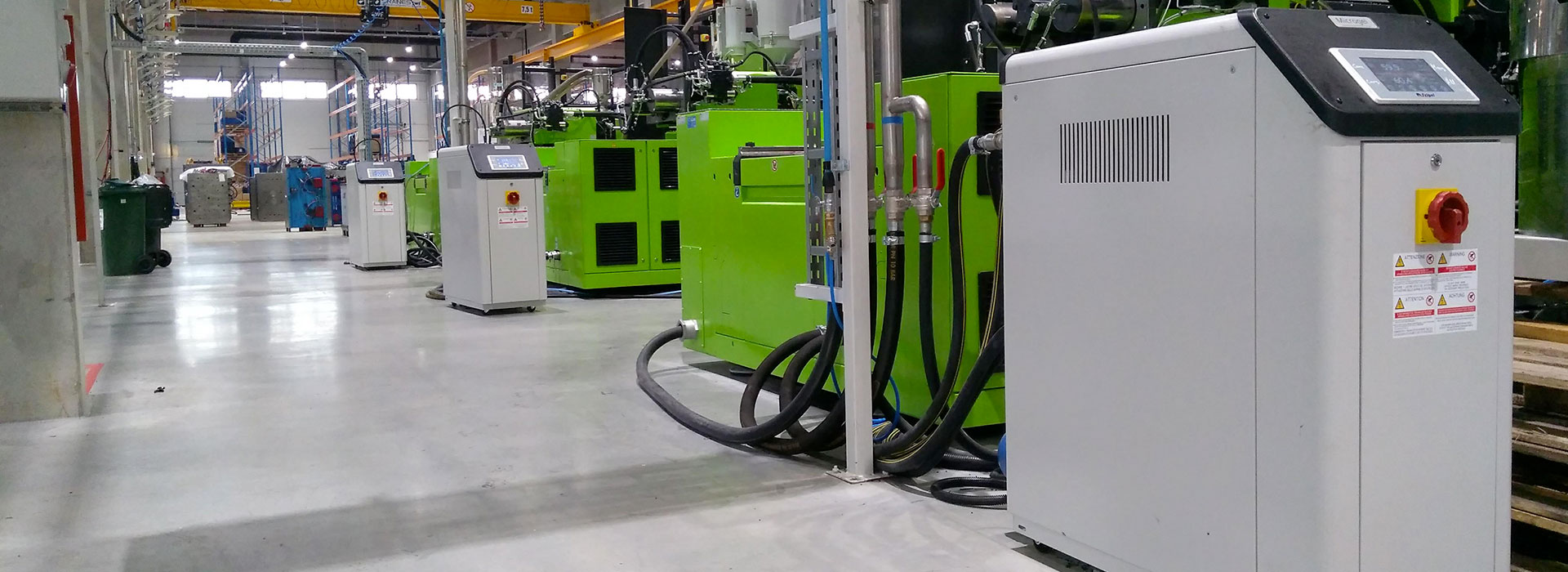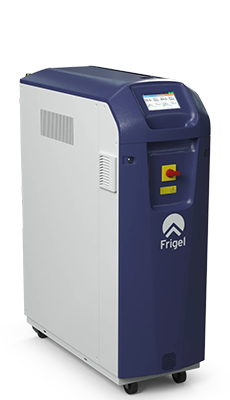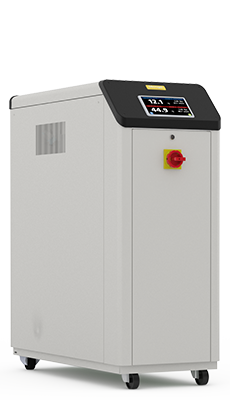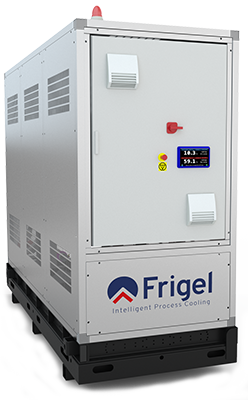Intelligent cooling of industrial processes
High Performance TCU with chiller
The impact of cooling systems in productivity.
For decades, the central cooling system has been the most common solution for industrial process cooling. It is also known that these systems have a strong impact in terms of productivity, running costs and environment. The machine-side chillers (TCU, Temperature Control Units), compact units designed specifically to serve each process independently, guarantee precise and efficient cooling, also providing greater stability during the process phases. They are used in various industrial sectors such as: injection, blow molding and extrusion of plastic materials, metals injection, processing and bottling of beverages, chemical, pharmaceutical and other processes. Over 35,000 Microgel units installed worldwide.
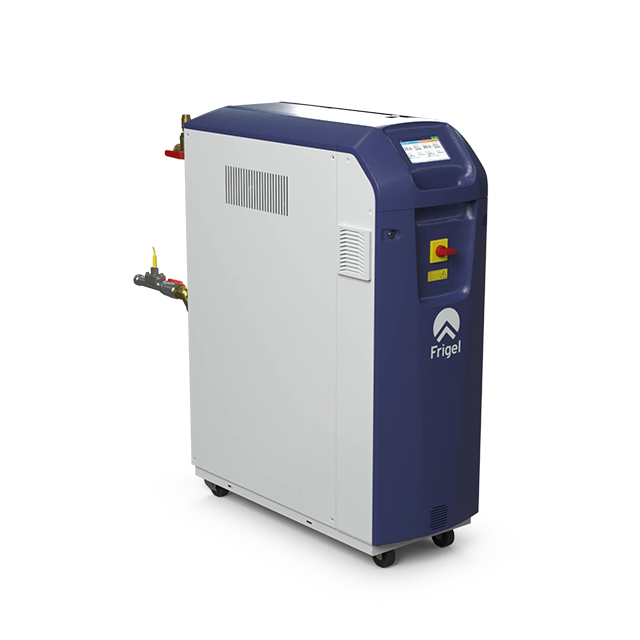
Discover our products
Microgel Technical Molding RSY
The new Frigel technology that revolutionizes the temperature control method of injection molding technical parts.
Microgel Packaging RCP
High performance cooling units with incorported water-cooled chiller and booster pump.
Microgel Air Cooled
Single and double zone temperature control units with incorporated air-cooled chiller and booster pumps.
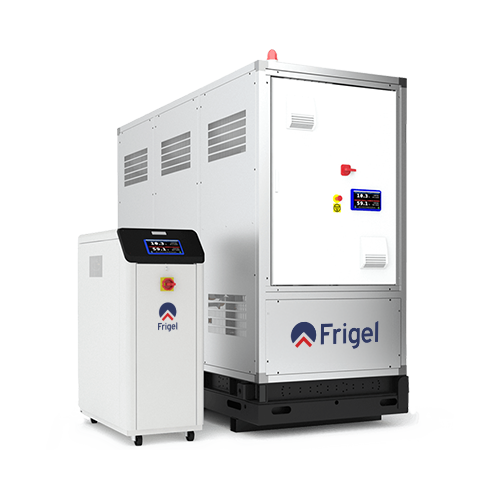
What is a High Performance TCU with chiller?
Controlled Cooling of Industrial Process
On board machine High Performance TCU with chillers are portable units for controlling the temperature of processes, they are cooled with water coming from an external cooling system (generally an adiabatic cooler).
They consist of:
- Compact water-cooled chiller, sized for the maximum cooling capacity required by the process and complete with tank and recirculation pump
- One or more thermoregulation zones,sized for the specific reqirments, with or without heating resistances, process pumps and control valves for maintaining set temperatures
- Free-Cooling valve for energy saving
- Microprocessor panel for automatic control of functions
How High Performance TCU with chillers work?
Temperature Control Dedicated to the Process
These units allow to control the temperature of the process fluid from 0 to 90 °C (190 ˚F). They can work both in heating mode, through electric resistances, and in cooling mode. Cooling in turn can take place by activating the built-in chiller or of the water from the external cooling system.
Each unit can work in 3 different ways:
1. Heating Mode
During this phase the electric resistances are activated which raise and maintain the process temperature according to the production requirements.
2. Refrigeration Mode
When it is necessary to cool, the controller can activate the chiller built into the unit, which independently produces chilled water which is then supplied to the temperature control zones; these, thanks to the automatic control valves, keep the temperatures set within the selected range with high precision.
3. Free-Cooling Mode
In the event that, during the cooling phase, the water temperature (coming from the external cooling system) is lower than that required by the process, the chiller compressor is automatically choked or turned off and cooling is performed directly by the external system by means of the automatic Free-Cooling valve.


